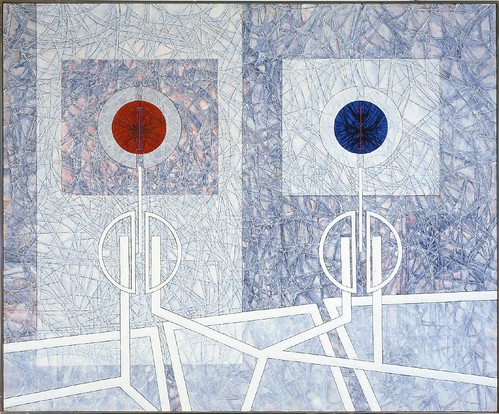
[Oil on canvas, 50 x 60 inches]

[Oil on canvas, 50 x 60 inches]
Her arms across her breast she laid;
She was more fair than words can say;
Barefooted came the beggar maid
Before the king Cophetua.
In robe and crown the king stept down,
To meet and greet her on her way;
It is no wonder,' said the lords,
She is more beautiful than day.'
As shines the moon in clouded skies,
She in her poor attire was seen;
One praised her ankles, one her eyes,
One her dark hair and lovesome mien.
So sweet a face, such angel grace,
In all that land had never been.
Cophetua sware a royal oath:
This beggar maid shall be my queen!'
[Oil on canvas, 136 x 290 cm]


See: http://aleksanderart.blogspot.com/
[Oil on canvas, 110 x 45 cm]
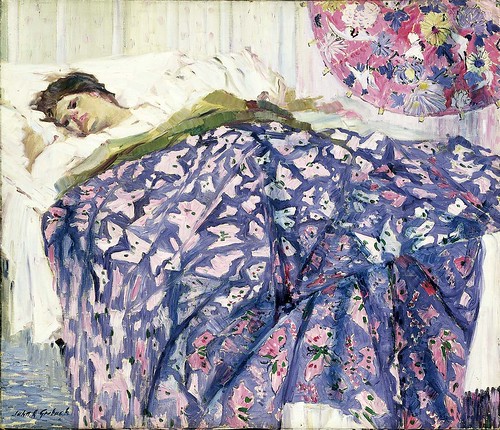
[Oil on canvas, 86 x 100cm]

[Oil on canvas, 74.5 x 101 cm]
[Oil on canvas, 908 x 121.9 mm]
Gertrude S Spaller (aka Getrude Spaller Kinder) was an American artist and was married to Pierre Jermain Kinder. Her occupations were illustrator, needlework and clothing books, and Rand McNally books.. Her address circa 1916 was 6332 Glenwood Avenue, Chicago – the city of her birth. She was a member of the Arts Club of Chicago, the Chicago Artists Guild, and the Chicago Society of Artists. Harry Armstrong was Gertrude Kinder's second husband – they had no children.
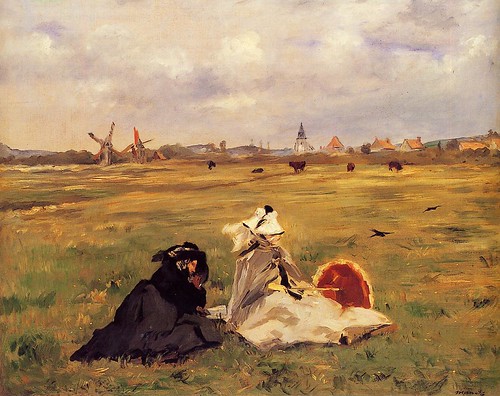

[Oil on canvas, 50.5 x 61 cm]

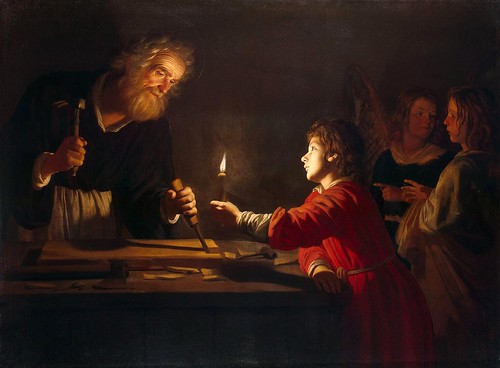
[Oil on canvas, 137 x 185 cm]



See: http://hsinyaotseng.mosaicglobe.com

[Oil on canvas, 44 x 57.4 cm]
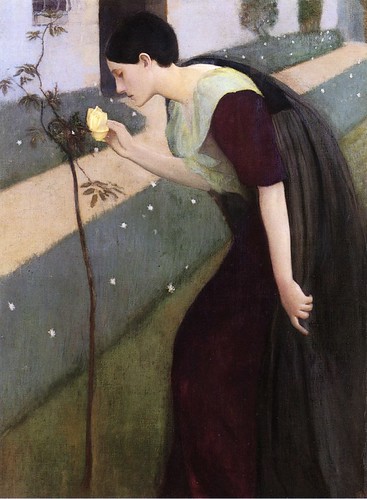


[Oil on wood, original painted surface 116.5 x 159.5 cm]
[Oil on canvas, 67.4 x 95.7 cm]

[Oil on canvas, 92.4 x 73.7 cm]
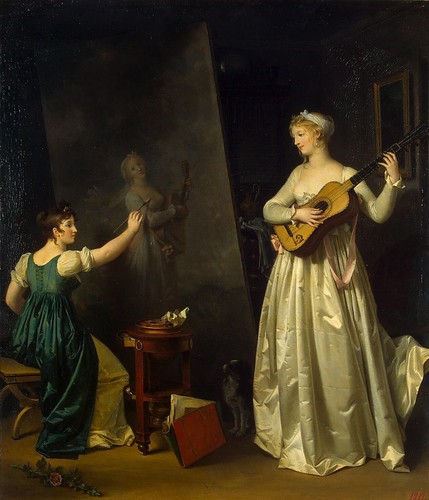
[Oil on panel, 61 x 51.5 cm]

In June 1887 Peto married Christine Pearl Smith, and to earn money he began to commute to Island Heights, New Jersey, where he played the cornet at camp revival meetings. By 1889 he had settled there permanently, devoting his life to his family and to painting in his solitary studio, surrounded by the battered books, lamps, mugs, and pipes that appear in his art. Isolated in this riverside town, his career began to decline. Beset by poverty, family problems, and ill health, Peto died in Island Heights on November 23, 1907.
[Oil on canvas, 117.5 x 68.3 cm]

[Oil on canvas, 59 x 72 cm]
